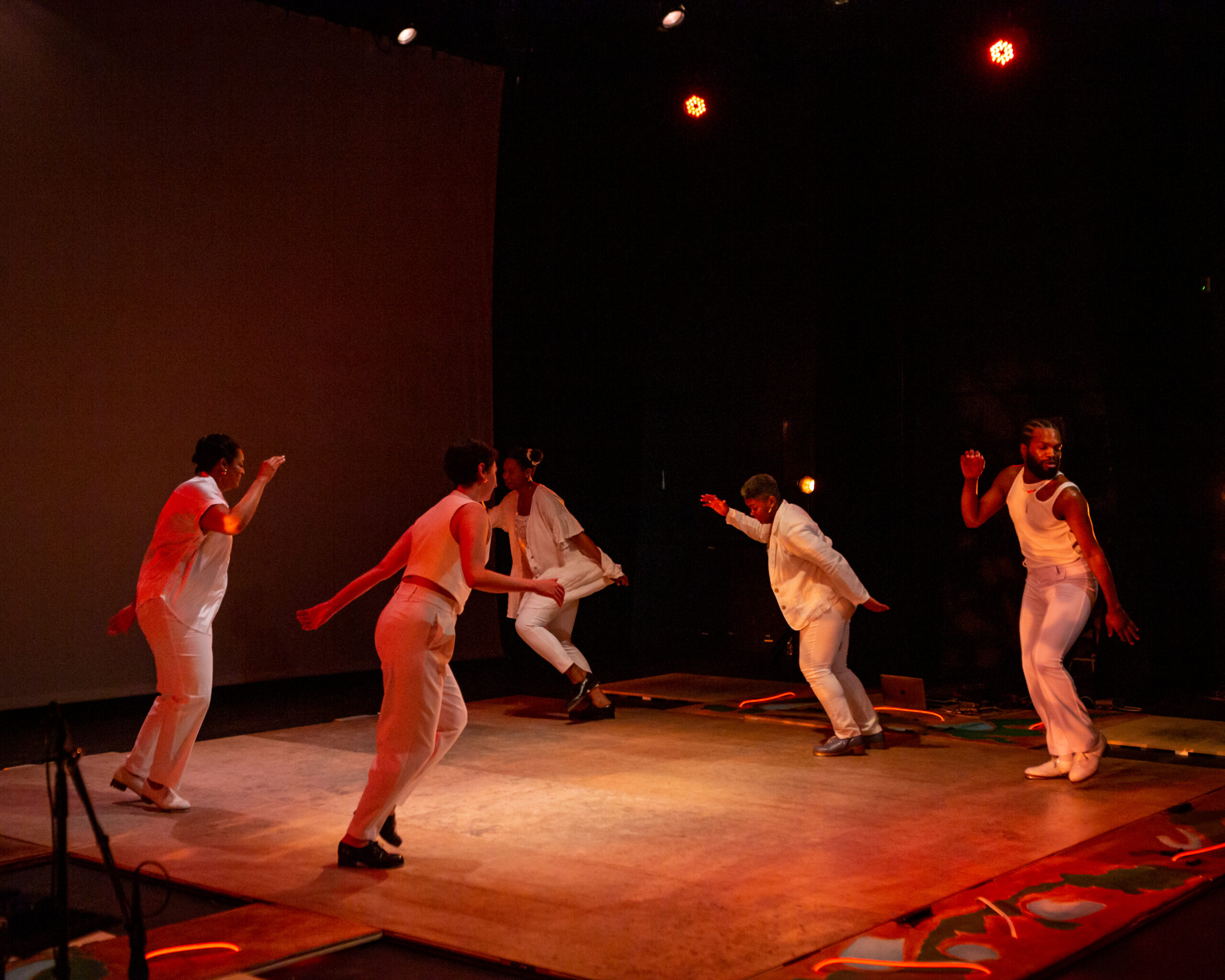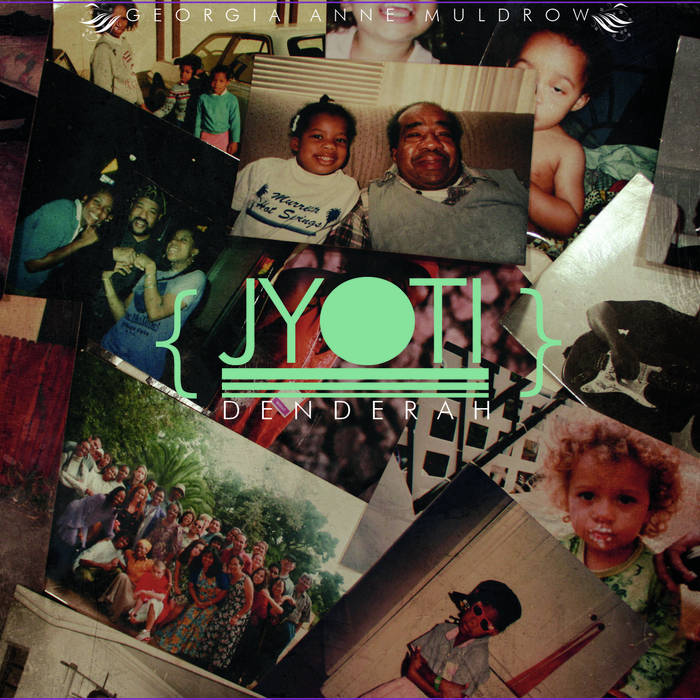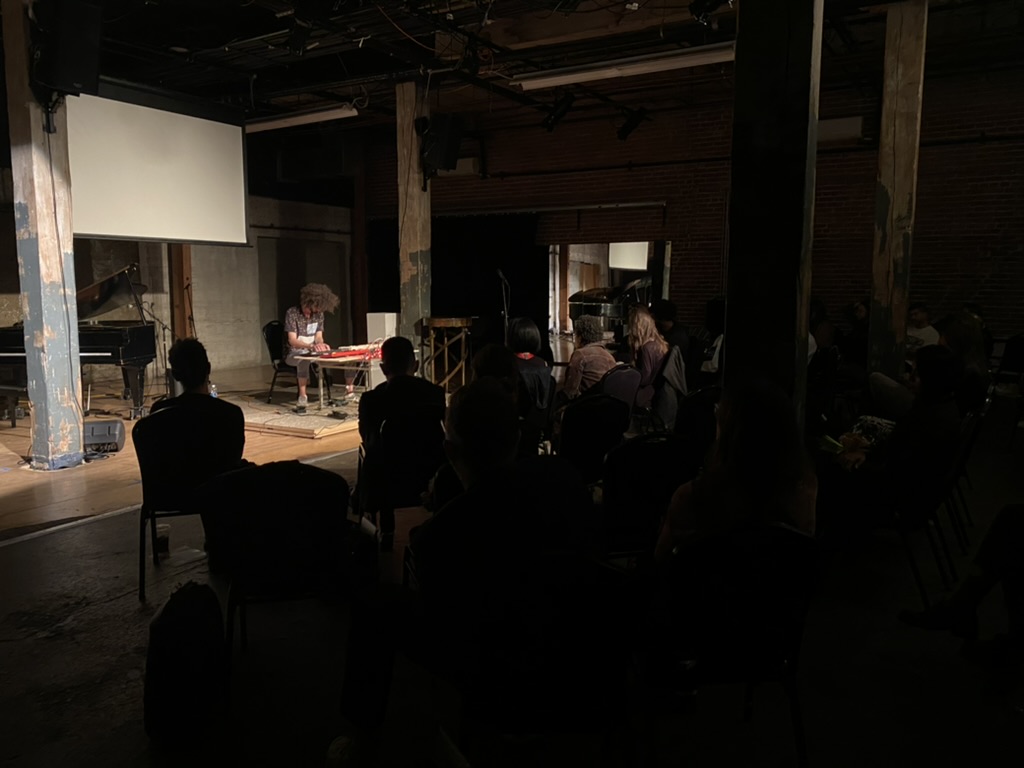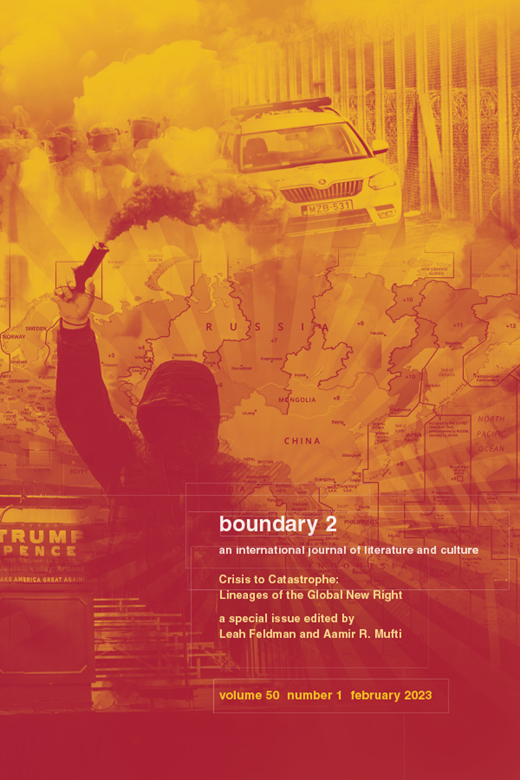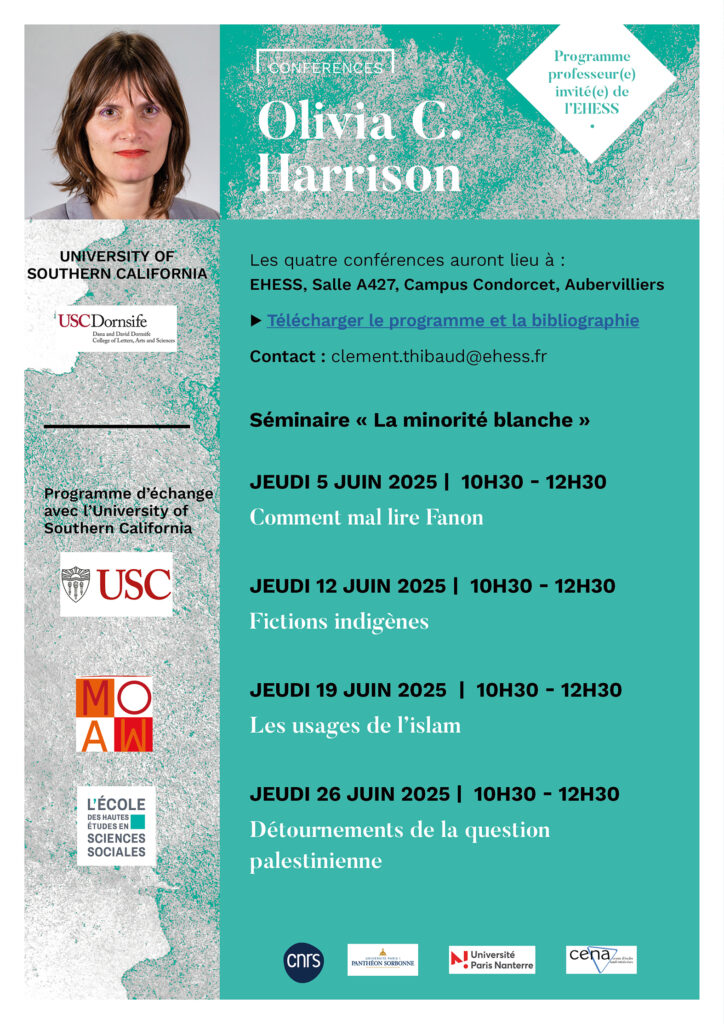“(RHY)PISTEMOLOGY! (OR, TO KNOW THROUGH THE RHYTHM). Michael J. Love at Fusebox Festival (4-12-23) by Sarah Annie Navarrete.
This article is part of the b2o: an online journal special issue “(Rhy)pistemologies”, edited by Erin Graff Zivin.
Introduction to a Term: (Rhy)pistemology
Michael J. Love
Introduction
(Rhy)pistemology. Noun. Knowledge and/ or knowledge verification through rhythm, especially through the embodied practice of rhythm tap dance (and related movement and music forms) in the Black American vernacular tradition.
I created the term “(rhy)pistemology” around 2019. It was, at first, just a mental exercise in etymology—a portmanteau I was trying out in my head. In a graduate seminar on performance studies led by Rebecca Rossen at The University of Texas at Austin, several colleagues and I spent an afternoon attempting to articulate our understandings of “phenomenology,” “epistemology,” and “ontology.” One colleague created a sort of mnemonic device, a silly song to assist us in that moment—we all indulged and worked to add gestures to the song. In retrospect, I can recognize how profound it was that we were using rhythm and movement to work our way through dense texts.
Engaging in this physical-intellectual exercise got me to thinking about my genealogy as a tap dance artist. I spent my adolescence gathering oral histories tied to specific passed-down routines and rhythms and learned tap techniques, approaches, and choreography through an active back-and-forth process of scatting, singing, and dancing with and to my teachers, mentors, peers, and eventually my students. My ongoing creative research and writing is deeply informed by this system of verifying knowledge that I have inherited by way of a lifelong dedication to rhythm tap dance.
With this in mind, and for the purpose of framing the essays in this special issue of b2o, I want to state that (rhy)pistemology is about naming something that continues to be invisibilized: the complexities and possibilities of rhythm as an aural and embodied system of cultural knowledge and history. The fact that (rhy)pistemology is an idea that I have articulated through the rigorous practice of a Black vernacular form cannot be separated from the term, concept, or system itself. (Rhy)pistemology is about knowledge verified through Black American methods of doing, calling-and-responding, actively listening, and producing rhythms in real time.
Aptly, (RHY)PISTEMOLOGY! (OR, TO KNOW THROUGH THE RHYTHM) is also the title of my current full-length work, the third installment in The AURALVISUAL MIXTAPE Collection, my triptych of interdisciplinary rhythm tap dance performances. With (RHY)PISTEMOLOGY!, I lead an ensemble of collaborators in a process of mapping the foundational Black histories of techno and house music onto improvisation and choreography that envisions an “elsewhere” of liberatory possibilities. Tap artists Benae Beamon, Jeffrey Clark Jr., Kaleena Miller, Adriana J. Ray, Robyn Watson, and I work our way through an original electronic music soundscape composed and performed by rhythmanalyst DeForrest Brown Jr. and traverse a multimedia installation by anti-disciplinary artist Aryel René Jackson. With these components, (RHY)PISTEMOLOGY! stands as an embodied testimony of the wealth of cultural knowledge stored in Black American forms of movement and music and the generative, life-giving potential available to those of us who engage in the labor necessary to honor and carry such forms forward. Ultimately, the piece has become about dropping down into the body and sitting in rhythm to eke out the “how” and “why” of the affective and intellectual opportunities that open up when my collaborators and I “lock in” together at one hundred and twenty beats per minute.
I first presented (RHY)PISTEMOLOGY! as a work-in-progress during my time as a Princeton University Arts Fellow at the Lewis Center for the Arts. The full version of the work premiered in April 2023 at Fusebox Festival, an international performance festival which takes place each spring in Austin, TX. My future plans for the work include a presentation of the entire performance triptych as well as an exhibition catalog. Additionally, I have begun work on an epilogue to the triptych, a performance installation with the working title, rhy/ntology (or, to be the rhythm). This new piece is a dynamic synesthetic engagement with video projection, sound capturing, and live-composition technologies that allow an ensemble of tap dancers, an electronic music artist, and I to arrange and play original house and techno music that is heard, seen, and felt by witnessers. During each presentation of rhy/ntology, our rhythms and melodies fill and shake the room and are displayed on the walls, floor, and ceiling. After each presentation of rhy/ntology, aural and visual remnants of our performance linger in the space until we return.
This essay is a sharing of some of my “field notes,” if you will—brief reflections on and references to some of my recent work and research to demonstrate how, after creating the term and conceptualizing (rhy)pistemology as a system of knowledge, I have put it to use. I include such notes, reflections, and references here beside stage directions, performance descriptions, and embedded videos to illustrate how I have presented on (rhy)pistemology and shared my work during the “‘(Rhy)pistemologies’: Thinking Through Rhythm” seminar, inspired by my concept and organized by Erin Graff Zivin and Jonathan Leal at the March 2024 conference meeting of the American Comparative Literature Association in Montreal, QC, CA and the two-day event by the same name in May 2024 in Los Angeles, CA which Graff Zivin curated in her role as director of the Experimental Humanities Lab at the Dornsife College of Letters, Arts and Sciences at University of Southern California together with Leal. Below, I’ve included footage of the May 2024 presentation of these ideas which took the shape of a collaborative lecture demonstration I presented alongside scholar of literature and philosophy and jazz pianist Maya Kronfeld.
Track One
Throughout winter 2020 and spring 2021, I presented the first iteration of LIVE From The BEATBOX as a series of monthly virtual performances. The series consisted of seven total “livestreams,” each presented from my personal artist studio and rhythm workspace, a converted warehouse I rented from a small North Austin, TX sparkling water start-up at the height of the COVID-19 pandemic.
While I shaped livestreams “No. 001,” “No. 002,” “No. 003,” and later “No. 007,” to be presentations of my rhythm-based research on various popular media expressions of Afrofuturism throughout the 1970s, 1980s, 1990s, and early 2000s, I used livestreams “No. 004,” “No. 005,” and “No. 006” to lean into, what I call, a “rhythm dreaming” of an inaugural commercial airline-like trip to a Black queer “elsewhere.” During these three particular livestreams, I wondered: what would such a trip feel and sound like? What might I find or encounter once arriving to this “elsewhere?” What would it be like to return to the present, collect my loved ones, and then transport them to this “elsewhere?”
LIVE From the BEATBOX is a demonstration of my method of “mix(tap)ing”—a Black, queer, and feminist aesthetic-intellectual referencing practice which drives my performance-based research. As I explain in my 2021 Choreographic Practices article, “‘mix(tap)ing’ is a spiritual and tactical process of revisiting past times, moments, and temporalities to address current realities” (Love 2021: 32). It involves “tak[ing] multiple pieces, loop[ing] (or rhythmically repeat[ing]) them as distinct samples and layer[ing] them in configurations and understandings different from their original contexts” (32). When I “mix(tap)e,”
[I] use [literary scholar Nadia] Ellis’ concept of the Black queer diasporic ‘elsewhere’ to dream of a future time and space of Black sociopolitical liberation (Ellis 2015: 4–6). As Ellis joins Stuart Hall’s sense of Black diasporic aesthetic possibility with José Esteban Muñoz’s definition of ‘queerness’ as a mark of the space ‘between the ground on which one stands and a compelling place beyond,’ I use my work to research possible ways of moving beyond a present ‘insufficient’ for Black queerness to a future that is ideal for Black queer prosperity (3)… I often think about reaching an Ellisian ‘elsewhere’ through ‘getting caught up,’ as Marlon M. Bailey describes (Bailey 2013: 154)—an expression of the Ballroom concept of what scholar Jonathan David Jackson also calls ‘becoming possessed’ (Jackson 2002: 36). To me, ‘getting caught up’ or ‘becoming possessed’ is the type of transcendent, out-of-body experience necessary for accessing the ‘elsewhere’ Ellis theorizes. And most importantly, as Bailey explains, ‘getting caught up’ has to do with becoming entranced in repeated, layered rhythms (Bailey 2013: 154). Ultimately, I am interested in Brenda Dixon Gottschild’s idea of polycentricity (Gottschild 1998 [1996]: 14) as a guiding principle for layering theories, references of personal and Black collective moments, sounds, technologies and theatrical conventions as separate but connected rhythms so that I am able to have a healing spiritual experience. (Love 2021: 33)
Performance: “Caribbean Coast”—At this point in the most current iteration of this essay, as presented at “‘(Rhy)pistemologies’: Thinking Through Rhythm,” a two-day event at the USC Dornsife Experimental Humanities Lab, I move from the podium and onto a small, paneled tap floor to present an improvisational rhythm tap dance performance to Larry Heard’s “Caribbean Coast”(1994). Throughout this short performance, I search for ways to bury my dancing between the layers of Heard’s composition by playing rhythms that lock in step with and counter the ticking, click-track-like hi-hat loop and the long, wavy, sustained notes of the tune’s melodic backdrop. I also demonstrate my own adaptation of what dramaturg and choreographer Katerine Profeta names “the Miles Davis turn” (2015: 88–138) by “spend[ing] a considerable amount of time facing upstage or towards either stage left or right” and playing phrases and movements “I can execute with my eyes closed” or with my gaze towards the floor so that my “focus can be on my rhythms and the music” instead of on and towards witnessers (Love 2021: 32–33). This is a tactic I use throughout my solo work to reconfigure performer-audience power dynamics and address the racist histories of tap dance and American performance (33). Once I have completed this short solo, I return to the podium.
Interlude
It was while working on and presenting LIVE From The BEATBOX, that I first developed a deep love for the work of house music composer Larry Heard. His mid-1990s synth playing and drum programming on Sceneries Not Songs, Volume One is otherworldly. There is an affective push and pull that is especially palpable—lots of potent, open space for tap dance improvisation with and against the various percussive layers, but also lush instrumental solos that weave an inherent jazz melodic sensibility through ever-present four-on-the-floor house rhythms.
On “Distant Planet,” a seminal track on Another Side, the 1988 album by the trio known as “Fingers Inc.,” Heard, Robert Owens, and Ron Wilson lock into a generative chant while sustained synth notes, twinkling melodic embellishments, echoing hi-hats, and a grounding, bass-heavy kick conjure up images of the exact type of intergalactic travel to the “elsewhere” I “rhythm dream” of:
“Life on this distant planet/ Far, far away from here
Where anyone can walk/ Without a thing to fear
Caring and sharing is a day-to-day chore
You can eat the fruit around you, you’ll hunger never more
On this planet/ Distant planet
On this planet/ Distant planet…” (Dennis et al. 1988)
Track Two
In September 2022, I had the incredible honor of being one of four subjects profiled by visual artist, filmmaker, and curator Tiona Nekkia McClodden in the film portraits that anchored The Trace of an Implied Presence, her multidisciplinary installation at The Shed in New York, NY. As a “meditation on the living history and influence of contemporary Black dance in the United States,” Trace stemmed from McClodden’s extensive research on Brooklyn Academy of Music’s 1983 Dance Black America festival and her interviewing of and engagement with original festival co-curator and presenter Mikki Shepard.
McClodden invited me to present a performance as part of her exhibition and so, I shared “Calls To/ About ‘Elsewhere,’” a fifty-minute solo I used to layer recordings of personal phone conversations with close friends and loved ones and tunes by foundational and contemporary Black electronic music artists over my own live, improvised tap rhythms in an effort to, again, create a space for my own “rhythm dreaming” of a futuristic Black queer “elsewhere.”
Since presenting the solo, I have been thinking about one of the recorded phone calls in particular—a chat between curator and writer Jamal Batts, geographer Brittany Meché, and me, during which I found myself especially enchanted as two scholars I especially admire mused on the prospective spatio-temporal locations of such an “elsewhere.” From the transcript:
Meché: “It strikes me that both of us, kind of feel… like the making of an ‘elsewhere’ with things that we have at the ready… there’s something kind of material in the present that we… are sort of making our ‘elsewheres’ from…”
Batts: “There’s always been, like… this sneaking suspicion about the desire for space… Space that you have to pay a billion dollars to get to, at least in our moment… There’s a refusal in me to go to space…”
Meché: “We’re not going to space. We’re not going to space!”
Batts: “Yeah, we’re not going to space…”
Meché: “We’re going to work it out right here.” (pers. comm., August 2022)
Ellis’ concept of the Black queer diasporic “elsewhere” (2015) has continued to inspire and inform much of my thinking on futurity. My hypothesis was still that if I could manage to lose myself in the dance and the rhythms for and of the dance, or give myself to the physical labor of the dance, that I would be able to “get caught up” (Bailey 2013: 154) and eventually see the “elsewhere.”
Admittedly, as I gazed towards and imagined the “elsewhere,” I was a bit naive in my disengagement with Ellis’ assertation that such longing “is at its most potent when it is, so to speak, unconsummated” (Ellis 2015: 2). Or, as she writes, such longing “gives rise” to “a potential that suspends rather than resolves at the arrival at some new and satisfying space of exile” (4). You could say that by purposefully ignoring this aspect of Ellis’ theory—that the potential lies in the unreciprocated—I proved it to be, well, true. My own longing for an “elsewhere” distant from “here” has, so far, generated over four to five years of artistic and intellectual output. And, for all intents and purposes, I am still in the ‘here’ attempting to get to the ‘elsewhere,’ much to my chagrin. But, there is relief, even if only temporary, in the attempts.
Something about my phone conversation with Batts and Meché in late August finally made this all click. From the transcript:
Batts: “…I think that there is something… embedded in Black culture that is very much based in fantastical visions of an otherwise that are necessary and are grounded… and that do envision space, the extra-terrestrial… [as] a mode for thinking about how to do things differently here.”
Later, Meché adds: “And, Angela Davis saying, you know, ‘What does it mean to work towards something that… you may not actually… get to see,’ right? …Is it still kind of worth… doing the work if you yourself will not, benefit from it?”
Later, I say: “You know, obviously this is based upon, Nadia Ellis’ Territories of the Soul, right? And I think one of the things she says is exactly what you’re saying… um, babe… Where she’s like… it’s more productive… Or, maybe she’s quoting Stuart Hall, or… You know, but, one of the things she talks about is, the productivity in imagining the ‘elsewhere,’ right?… And then once… Like, actually reaching it… is not…you know… A: either not possible, or… B: just not worth it… actually?… Because, the project is imagining it, right?” (pers. comm., August 2022)
My focus has shifted since this conversation. In the Ellis metaphor of there being “a call from afar that one keeps trying to answer,” I am more attuned to the “potent[ness]” of what I identify as the between, the space that extends from the end of here to just before the threshold of there, or “elsewhere” (Ellis 2015: 2–3). I am more open to what I may discover as I try to answer the proverbial call from afar, what I may reveal to myself as I try to send out my own calls, and what my attempts to reach the “elsewhere,” and subsequently my journeying into the between, may produce.
Here—Between—Elsewhere is a metaphysical geography I am forming, a theory based on Ellis’ concept, that identifies the “potent,” area of “potential” after here and before elsewhere as a third space of productive exploration (2–3).
I am interested in how I may join my theorizing of a third space with ideas around measuring and demonstrating volume and the presence or absence of matter in these spaces. With just a cursory knowledge of how beings in the natural world use processes of echolocation to navigate deep waters, I am embracing the use of echo and reverb, or the intentional delay of sound, in my artistic work to perform the vastness that may exist in this third or between space after here and before there, or “elsewhere.” To do this, I have begun using a delay pedal in certain performances. I spent many years experimenting with a looping pedal to build tap compositions in real time. Adding an additional piece of technology has enabled me to play and dance through abstracted, manipulated, and delayed loops.
I have turned to scholar Peter Doyle who theorizes on the use of echo and reverb in popular music by music artists and producers, to construct “sonic spatialities” and place different aspects of music recordings into and out of aural focus to offer lyric-narrative context, shape various affective moments, or fashion acoustic statements of self (2005: 4). Additionally, Doyle posits that echo and reverb in early to mid-century blues, country, and rock and roll recordings also tell of the conditions of such recording processes and therefore speak to access, class, and identity embedded in such recordings (6-7).
I am also sitting with theories of third space and ideas on how we may enter and traverse such space that I have learned from various Black poets, musicians, and performance artists. I often turn to two in particular. First, in video excerpts of Planet Rock: Techno, House Music, and Afrofuturism, her 2013 lecture at the Spelman College Museum of Fine Art in Atlanta, GA, DJ Lynnée Denise can be heard explaining some of the theoretical components of her embodied hip hop practice: “And then there’s this third space—I don’t know if you noticed that I was playing non-stop music, right? It was continuous. There’s a third space that happens when you mix two songs: that’s Afrofuturism. That’s another song that the producers had nothing to do with…” (2013). Second, in Blackspace: On The Poetics Of An Afrofuture, poet, curator, and artist Anaïs Duplan writes, “Should we, ‘post-bondage,’ focus on the ways in which we’re free (free to move, free to buy, free to breathe) or the ways we’re not free (free to move but displaced and shuffled around, free to buy but within a capitalist system in which one used to exist as commodity free to breathe but in especial danger at all times)? Neither. In order to locate liberation, one has to locate a third space. This alter-space is not ‘outside of,’ ‘away from’ or ‘other than’ our present world. Instead, it is an intensification, or deepening, of mundane reality” (2020: 67–68).
Interlude
Rochelle Fearon (publicly known as “Rochelle Jordan”) opens her 2021 song “All Along” with vibrant, ethereal piano chords that seem to be situated amidst a recognizable New Jack Swing breakbeat. But then, there is a shift. A house kick comes crashing into place as we also hear machines begin to boot up (or a rocket begin to take off). Suddenly, the sonic floor falls out from under us and Jordan’s audible inhale pulls us deep into an entirely unexpected context: A third space where a New Jack is Swinging and straight simultaneously—the two genres are somehow, comfortably and smoothly, thumping and bumping along together in the same space as Jordan glides us right into the chorus:
“Yeah, I did many miles (yeah, yeah)
Tell you what I found
That’s what it takes to know (what it takes to know)
Stop searching all around, oh
‘Cause I’ve been all over the world
Trying to find something that’s been here all along
You’ve been here all along
‘Cause I’ve been all over the world
Trying to find something that’s been here all along
You’ve been here all along…” (Fearon and Montgomery 2021)
Track Three
“An intensification, or deepening, of mundane reality.”
“We’re going to work it out right here.”
“Trying to find something that’s been here all along…”
I am committed to making a case for the deep study of the music emerging from contemporary artists who, I posit, have happened onto an aural/ rhythmic aesthetic that expresses a particular Black (woman) electronic-rhythm-and-blues futurism. This group of artists includes Fearon, Dawn Richard, Tinashe Jørgensen Kachingwe (publicly known as “Tinashe”), and other black women vocalists who are using R&B methods to engage in a high-affect layering of their voices before diffracting and wrapping their stacked melodies and ad-libs around the percussive-electronic whirring, zipping, smacking, popping, and banging of their male producer-collaborators. These women slink between genre lines, slipping into (and out of) house, hip hop, and techno (and related sub genres) that transposes 1990s rhythm-and-blues sensibilities into a distant future.
Jordan and Richard, in particular, have continued to compose such aural texts with white artists such as Travis “Machindedrum” Stewart and James “Jimmy” Edgar. I bring up identity here to consider how these texts may or may not be “multicultural” in the Gottschildean sense (1998 [1996]: 143). Can we consider these collaborations as instances in which separate cultures or identity contexts are equitably intertwined?
I am now studying how Jordan, Richard, Kachingwe, and others approach composing such texts. What makes these compositions feel so “of the ‘elsewhere?’” Why and how do they so richly illustrate a certain futurity? Is it in, or about, how these women build expansive environments between the layers of their manipulated vocals, send rippling and delayed echoes seemingly out into vast territories, or position themselves so confidently, comfortably, and wisely among the aggressive and cold sounds of the men who they work with? Or is it more about the ideas, concepts, and expectations that we project onto these women, their artistic personas, their presence, and their performances?
In November 2023, my friend and colleague, artist-scholar Benae Beamon, curated an edition of OPEN STUDIOS at the Center for Performance Research in Brooklyn, NY and invited me to share some of these questions and ideas through performance as part of an evening of dance and film. I have since continued to develop an “embodied essay” format by experimenting with projecting my writing onto performance space walls, curtains, and screens while I improvise tap rhythms to, for example, process Jordan, Richard, and Kachingwe’s artistic theory-making.
Performance: “CRANK”—At this point in the most current iteration of this essay, as presented by the USC Dornsife Experimental Humanities Lab, I move from the podium and onto a small, paneled tap floor to present an improvisational rhythm tap dance performance which employs “the Miles Davis turn” (Profeta 2015), this time to “CRANK” by “Jimmy” Edgar, featuring Fearon, or “Rochelle Jordan” (2021). As I dance and work to respond to the aural textures of Edgar and Fearon’s recorded performance, written portions of what I include here in this essay as “Track Three” are projected on the upstage screen. Once the music ends, I spend a few minutes dancing a cappella to play, revisit, and indulge in rhythms reflective of Edgar and Fearon’s aural textures.
Eventually, I begin using my delay pedal to layer sampled sound clips—the same bit of audio from the Dan Aykroyd and Eddie Murphy-led 1983 film Trading Places that house music duo Masters At Work (producer-DJs “Little” Louie Vega and Kenny “Dope” Gonzalez) have made ubiquitous throughout ballroom culture as the foundational “ha” sound and a brief moment of Dorian Corey’s outlining of the definition of “reading” from Jennie Livingston’s 1990 film Paris Is Burning—over my a cappella dancing. Each time I trigger these samples, I allow the delay pedal to regenerate and echo them until they loop and become distorted and unrecognizable. To end this performance, I disengage my delay pedal by turning it off.
This is where my (rhy)pistemological exploration, or my practice-based honoring of the complexities and possibilities of rhythm as an aural and embodied system of cultural knowledge and history, has led me so far. With each of these performances, including (RHY)PISTEMOLOGY! (OR, TO KNOW THROUGH THE RHYTHM) (2023), LIVE From The Beatbox (2020-2021), “Calls To/ About ‘Elsewhere’” (2022), and current experiments such as my “embodied essay” (2024-2025) and rhy/ntology (or, to be the rhythm) (2025), I engage in a process of listening to, calling-and-responding, and making corporeal rhythms in real time to verify and employ inherited knowledge and demonstrate possibilities. The performances I discuss here are concerned with articulating theories of liberation through expressing a queer Afrofuturist aesthetic. Overall, my conceptualization of (rhy)pistemology deals with knowledge stored and encoded in Black music, sound movements, and vernacular traditions—specifically, rhythm tap dance. (Rhy)pistemology, however, is activated through practice and performance. The verification of ideas or the answering and refinement of questions can be done through personal social engagement (dancing alone or with others informally) and/ or formal presentation. In short, (rhy)pistemology is about using rhythm tap dance and the knowledge it holds to wonder and discover on a range of topics. I am excited to see where my own continued experiments lead me and what themes and questions others may be able to think through by employing (rhy)pistemology.
Figure 3. Maya Kronfeld & Michael J. Love: ‘(Rhy)pistemologies: A Duet’”. Footage of the May 2024 presentation of these ideas in the form of a collaborative lecture demonstration with scholar of literature and philosophy and jazz pianist Maya Kronfeld during “‘(Rhy)pistemologies’: Thinking Through Rhythm,” a two-day conference event organized and curated by Erin Graff Zivin in her role as director of the Experimental Humanities Lab at the Dornsife College of Letters, Arts and Sciences at University of Southern California.
References
Bailey, Marlon M. 2013. Butch Queens Up in Pumps: Gender, Performance, and Ballroom Culture in Detroit. Ann Arbor, MI: University of Michigan Press.
Dennis, Harold and Larry Heard, Robert Owens, Ron Wilson as “Fingers Inc.” 1988. “Distant Planet.” Another Side. Chicago: Alleviated Records and Music.
DJ Lynnée Denise. 2014. “DJ Lynnée Denise Performance Lecture.” Vimeo. www.vimeo.com/110731119#t=311s (accessed August 31, 2024).
Doyle, Peter. 2005. Echo and Reverb: Fabricating Space in Popular Music Recording, 1900–1960. Middletown, CT: Wesleyan University Press.
Duplan, Anaïs. 2020. Blackspace: On the Poetics of an Afrofuture. Boston and Chicago: Black Ocean.
Ellis, Nadia. 2015. Territories of the Soul: Queered Belonging in the Black Diaspora. Durham, NC and London: Duke University Press.
Edgar, Jimmy. 2021. “CRANK.” CHEETAH BEND. Los Angeles: Innovative Leisure.
Fearon, Rochelle as “Rochelle Jordan” and Kelvin Montgomery. 2021. “All Along.” Play With The Changes. Los Angeles: Young Art Records.
Gottschild, Brenda Dixon. 1998. Digging the Africanist Presence in American Performance: Dance and Other Contexts. Westport, CT and London: Praeger.
Heard, Larry. 1994. Sceneries Not Songs, Volume One. Chicago: Alleviated Records and Music.
Jackson, Jonathan David. 2002. “The Social World of Voguing.” Journal for the Anthropological Study of Human Movement 12, no. 2: 26–42.
Landis, John. 1983. Trading Places. Hollywood, CA: Paramount Pictures.
Livingston, Jennie. 1990. Paris Is Burning. Los Angeles: Miramax.
Love, Michael J. 2020–2021. “Livestream No. 005.” LIVE From The BEATBOX. Virtual performance, Austin, TX, March 20.
Love, Michael J. 2021. “Mix(tap)ing: A Method for Sampling the Past to Envision the Future.” Choreographic Practices 12, no. 1: 29–45. doi.org/10.1386/chor_00027_1.
Love, Michael J. 2022. Author interview with Jamal Batts and Brittany Meché, Princeton, NJ, August 28.
Love, Michael J. 2022. “Calls To/ About ‘Elsewhere.’” Tiona Nekkia McClodden, The Trace Of An Implied Presence. Live solo performance, The Shed, New York, NY, September 10.
Love, Michael J. 2023. “How to Rhythm Dream: An Embodied/ AuralVisual Essay.” OPEN STUDIOS – Benae Beamon. Live solo performance, Center for Performance Research, Brooklyn, NY, November 5.
Profeta, Katherine. 2015. Dramaturgy in Motion: At Work on Dance and Movement Performance. Madison, WI and London: University of Wisconsin Press.
Acknowledgements
Many thanks to Erin Graff Zivin and Jonathan Leal for generously organizing around these ideas at both the March 2024 conference meeting of the American Comparative Literature Association and the USC Dornsife Experimental Humanities Lab; Maya Kronfeld for engaging in an inspiring and formative collaborative process; and to my dear partner, Jamal Batts, for unwavering love, affirmation, and support.
